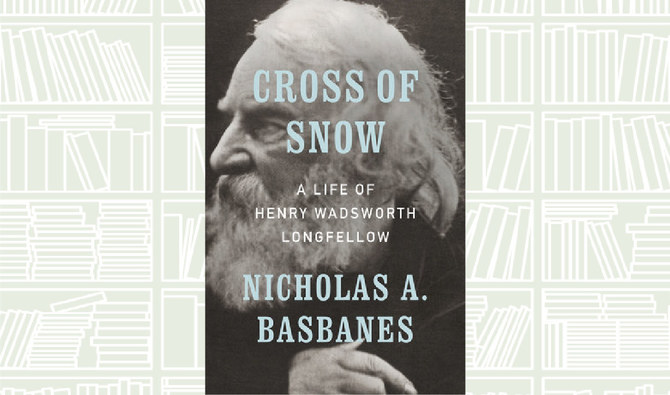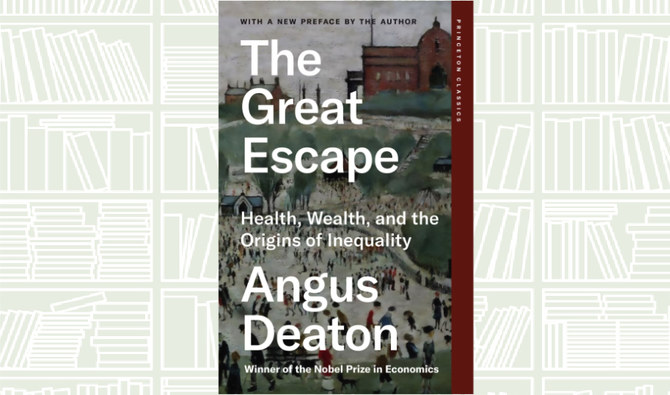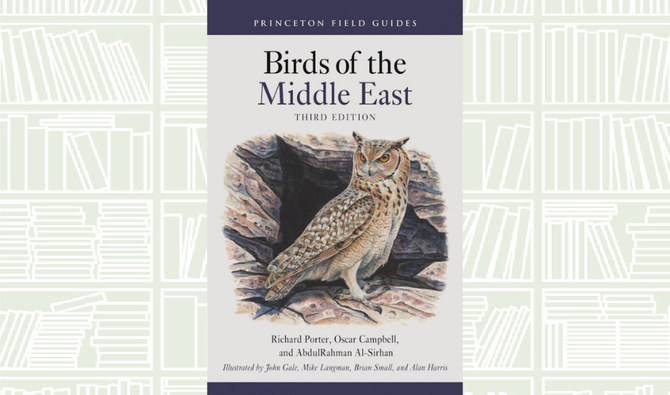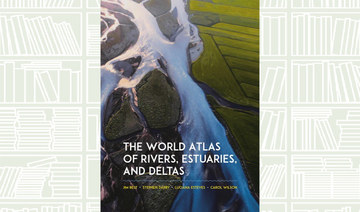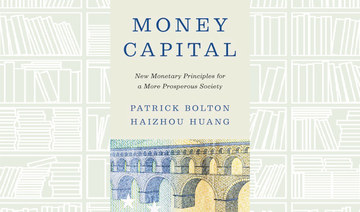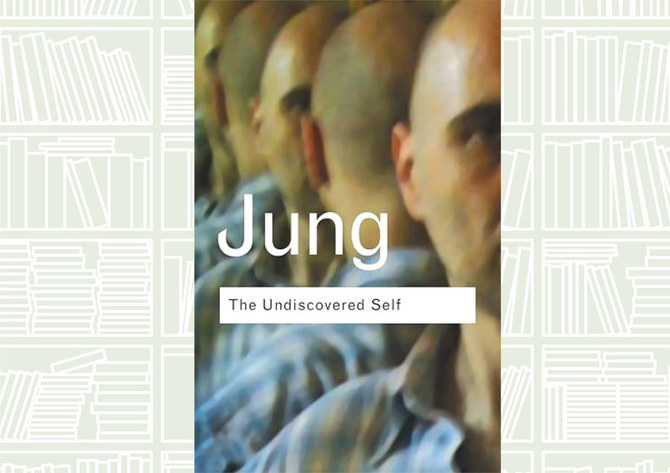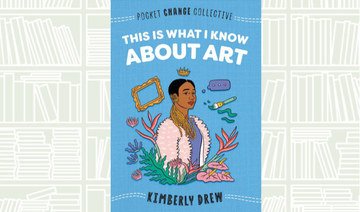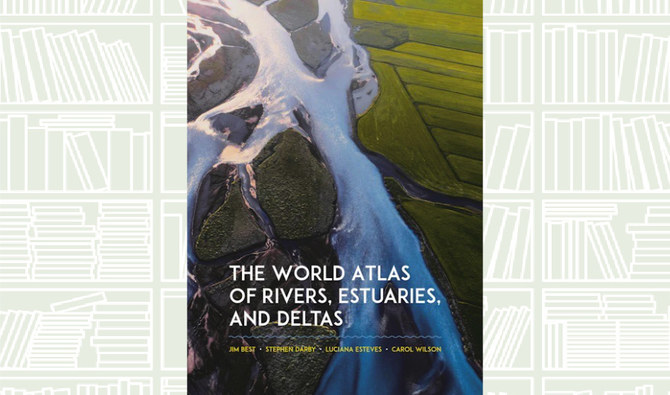Author: NICHOLAS A. BASBANES
This is a major literary biography of America’s best-loved 19th-century poet, the first in more than 50 years, and a much-needed reassessment for the 21st century of a writer whose stature and celebrity were unparalleled in his time.
“At his death, in 1882, Henry Wadsworth Longfellow wasn’t just the most famous poet in America but an international celebrity, translated into dozens of languages, admired by Dickens, Ruskin, even Queen Victoria.
Readers loved his clarity, his accessibility, his storytelling,” said Charles McGrath in a review for The New York Times.
Nicholas A. Basbanes “thinks that the tumble in Longfellow’s reputation was not the natural, inevitable result of changing tastes. In his new biography, he argues, on not much evidence, that Longfellow was done in by a cabal of modernists and New Critics who conspired to expel him from their snobbish, rarefied canon.
“So his book seeks to restore Longfellow in our present eyes mostly just by reminding us how important he was back in his own day,” said the review.
He spoke at least eight languages, including Danish, Swedish and Finnish, and could read and write half a dozen more. Practically single-handed, he introduced America to European literature.



